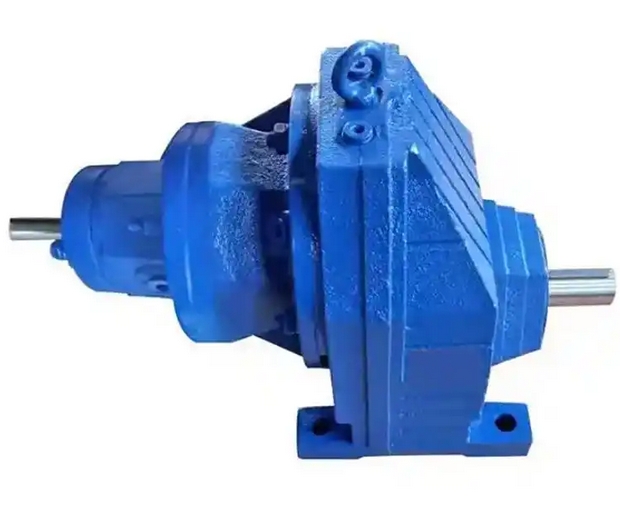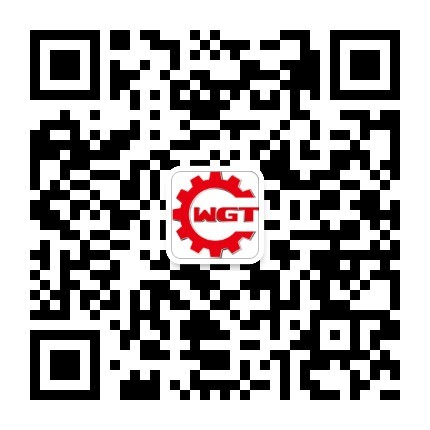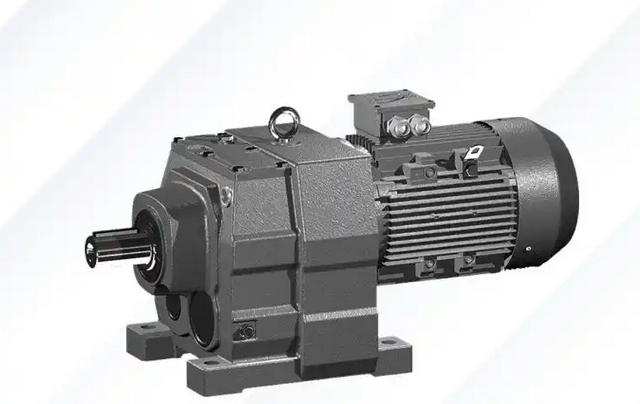What methods can be used to measure the tightening torque of bolts for RX87-11KW-2.28-4P helical gear reducer
The main methods for measuring the tightening torque of bolts in RX87-11KW-2.28-4P helical gear reducer are as follows:Torque wrench method:
Tightening method: On the basis of the initial tightening of the bolt, continue to tighten it with a torque wrench. When the bolt changes from static friction to dynamic friction, that is, when it starts to move significantly, the torque value when the wrench makes a sound or other feedback (such as a clicking sound) is read, and this value is the torque required for tightening. This method requires the operator to have certain experience and skills to accurately capture the peak torque.

Loosening method (marking method): First, make a mark (such as a line) between the bolt and the connected part, then use a torque wrench to loosen the bolt by a certain angle (such as 90 degrees), and then tighten it again until the mark is aligned. The torque value read at this time is the measured value. This method is relatively intuitive, but its accuracy may be affected by the operator's technique.
Sensor measurement method: Torque sensors generally use electric strain gauges to sense the deformation caused by torque. The electric strain gauges are connected through a bridge circuit (such as a Wheatstone bridge), and indirectly measure the applied torque by detecting the voltage changes of the bridge. In addition, there are sensors that adopt different principles such as optoelectronics and magneto electricity, each with its own advantages and disadvantages, suitable for different occasions.
Bolt elongation measurement method: When the bolt is tightened, it will produce elastic elongation, and the elongation is proportional to the tension (i.e. the pre tightening force generated by the tightening torque). By measuring the elongation of the bolt, it is possible to indirectly determine whether the tightening torque meets the requirements. When the elongation of the bolt reaches the predetermined value, it is considered that the bolt has reached the required preload force. This method requires specialized measuring tools, such as micrometers, to measure the length change of bolts before and after tightening.
Yield point control method: Stop after tightening the bolt to the yield point. The advantage is that the tightening accuracy is extremely high, and the pre tightening force error can be controlled within ± 8%. However, the accuracy mainly depends on the yield strength of the bolt itself. The tightening process requires dynamic continuous calculation and judgment of the torque and angle curve slope, which requires high real-time performance and calculation speed of the control system.


